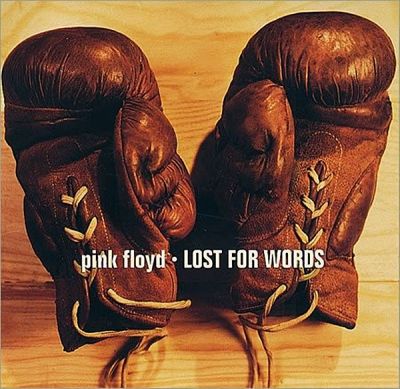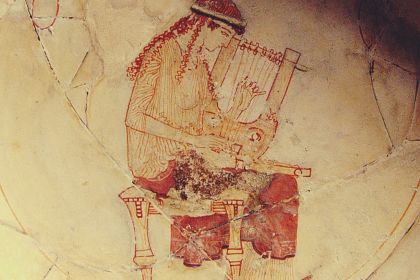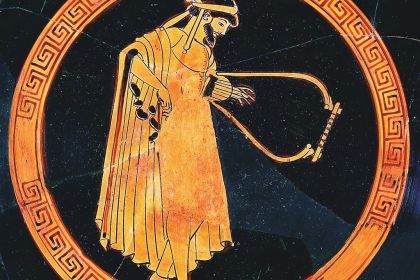Music Theory
Lost for Words: Pink Floyd's only Lydian song

Pink Floyd's Lost for Words CD cover
Of all 138 songs and instrumental tracks released by Pink Floyd on their 14 studio albums, Lost for Words is the only example of the band using the Lydian major mode. The Lydian scale is considered modal and makes fewer appearances in pop music, whereas the Ionian mode remains the most common diatonic scale the fact of which is also reflected in Pink Floyd's catalogue with 34 of the band's songs featuring the Ionian mode.
In general, the band's output is dominated by compositions written according to the canons of tonal theory, which largely contributes to their long-term popularity. The influence of classical composing techniques clearly stems from Pink Floyd's iconic collaboration with composer Ron Geesin during the work on Atom Heart Mother suite. Since then, the number of classically oriented tracks on the band's albums has not dropped below 50%, even exceeding 70% in their extra-successful The Dark Side of the Moon and The Wall. That figure reaches 100% in The Final Cut written entirely by Roger Waters but then plummets to 30% after his departure from the band.
Written by David Gilmour and lyricist Polly Samson in 1993, Lost for Words is allegedly Gilmour's response to Waters' rejection to reunite the band for the final album. Many believed this theory to be confirmed by a pair of boxing gloves depicted on the single cover as well as the last stanza of the lyrics:
So I open my door to my enemies
And I ask could we wipe the slate clean
But they tell me to please go fuck myself
You know you just can't win
Curiously, the song's interlude features a boxing announcer declaring, "Ladies and gentlemen! The winner, by a knockout..." which some fans tend to take as a hint to the continued success of post-Waters Pink Floyd as opposed to Waters' obscure solo career.
Listen to Lost For Words by Pink Floyd:
In the harmonic analysis of the chord chains accompanying the intro and first three verses, the scale degrees (denoted with Roman numerals) show the following progressions in the F Lydian: F–C–F–C–F–Am–G–F or I–V–I–V–I–iii–II–I.
Here the twice performed V–I authentic cadence is replaced by a descending progression composed of triads rooted in the third, second, and first degrees of the Lydian scale often referred to as the mediant, supertonic, and tonic chords respectively.
The chord progression of the instrumental section separating the third and fourth verses does not belong to any of the seven diatonic modes: D–F–Bb–Am–Bb–Dm–F–D. This chord chain does nothing to prepare the upcoming modulation that suddenly appears at the beginning of the fourth verse, which is written in С Lydian with the original harmonic progression unchanged: C–G–C–G–C–Em–D–C or I–V–I–V–I–iii–II–I. The same chord chain accompanies the fifth verse and the instrumental coda.
Discover more songs composed in Lydian major mode and check out their harmonic analysis in the following articles:
- Popular songs using Lydian mode
- Beatles songs featuring Lydian mode
- Reelin' In the Years: the tandem of effective lyrics and one of the best guitar solos of all time
- The Bells of Rhymney: two major modal modes of famous protest song
- Lydian mode: famous examples throughout the music history



